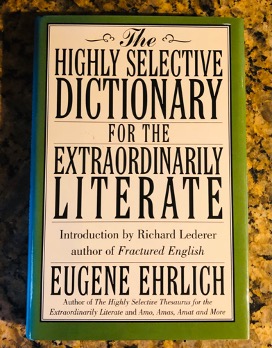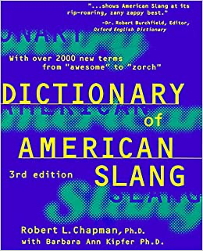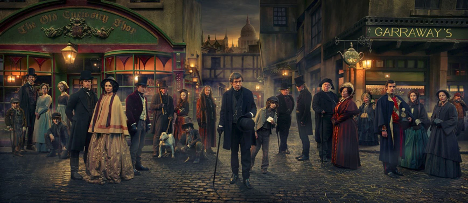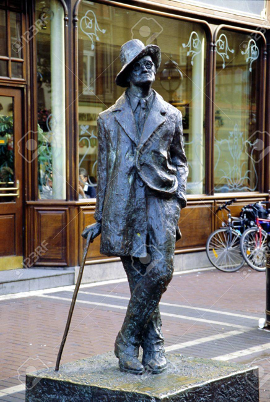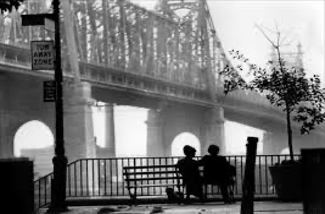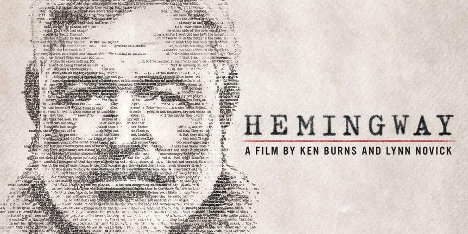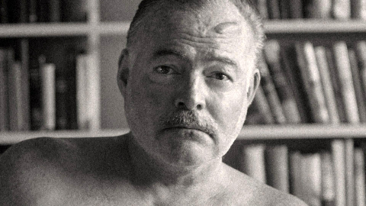
My friend Joel Leidecker died in April. We had known each other for 63 years. We were fraternity brothers at the University of Washington. He was younger and I didn’t know him well back then, but. we reconnected when he and wife Jody moved their family to Ketchum in the mid-1970s.
Their boys, Erik and Matt, were soon friends and classmates of my kids, Doug and Diana, and I remember when they were about 9 or 10 Doug and Erik roped up to climb a big boulder in the center of town. They’ve continued climbing and skiing and today Erik runs Sawtooth Mountain Guides and is helping Doug, a former Green Beret, get his mountain guide certification. Needless to say, their connection has endured.
The two families are different in many ways but share a number of interests. We skied and played tennis together and every spring for a number of years drove to Moab, Utah, to ride mountain bikes on its slickrock trails.
One of the differences is that Joel was a big-time bird hunter, so every fall he invited us to eat dead birds and swallow birdshot while he dedicated himself to shooting every last quail and sage hen in Idaho. Later on, Jody, an excellent rock climber, took Abby, by then my former wife, under her wing and helped improve her climbing skills at City of Rocks.
In 1982, Abby and I returned to Ketchum after several years in Berlin and we sold Joel our almost new VW Westphalia Camper. Bizarrely, for the next 20 years, our van functioned as his apartment in Santa Clara where, as Dr. Mindwrecker, he was a professor at the Leavey School of Business. If his lifestyle shaped his pedagogy, I’d guess he was teaching students how to succeed in business without really trying.
Last Saturday, Jody and her boys organized a cookout at Ketchum’s Rotary Park to celebrate Joel’s unusual and remarkable life. I couldn’t attend but sent Erik this recollection of Day 3 of our 18-day raft trip through the Grand Canyon with a group of old friends.
“The Perfect Run“
I’m sorry I couldn’t be with you, but want to share a memory of Joel and an event several of you were present for back in the day. It was the memorable “perfect run” on day 3 of our trip down the Colorado. We were just getting started and feeling high from our first two days on the river – great weather, great water, and creative river cuisine.
It looked like day 3 would be an easy one. The only Class IV rapids were at House Rock. Riverbrain.com, the guidebook used to help river runners navigate the rapids describes House Rock rapids as follows. “The river pushes towards the left wall across a sandbar at the top of the rapid. This creates a series of wave trains running down the left wall. Problem here is there is a very large hole at the bottom left of the rapid. Enter at the left of the rapid by the wall and pull right to miss the hole. House Rock rapid hole will easy flip any raft. This is considered one of the harder rapids in Marble Canyon.”
As a group, we scouted the rapids from above the sand bar river-right. Joel pronounced it a “piece of cake.” We’re primed for action. Jody’s riding aft, Joel’s the oarsman, and I’m upfront like Leonardo DiCaprio on the bow of the Titanic. Do you see what’s coming?

Great entry. Joel pulls hard right to avoid the wall. We catch the wave and accelerate. Mid-rapid Joel screams, “The Perfect Run” But…we’re a little left…a little too far left… and suddenly, very suddenly we swept into the hole and I’m under the raft traveling over the rocks in the dark at warp speed. I’m fine in the air pocket under the raft but I can hear people asking, “Is everyone OK?” “Where’s Jack?” No worries, as they say. Everyone is OK. I duck out from under and float downriver hanging on to the side of the raft. Jody and Joel swam to shore as soon as they’re past the whitewater. The other boaters managed to get the upturned raft to shore where we all collected ourselves.
Once on shore, with maximum effort, we managed to get the raft right side up. No injuries. Not even any bruises except to Joel’s ego. The only casualty is my guitar which was strapped to the top of our share of the 18-day load – food, camping gear, personal dry bags etc.
In preparation for the trip, I bought myself an Ovation fiberglass body guitar. I knew the trip would be tough on a classic wood guitar, but Ovations are famous for their durability. They’re almost impervious to damage. Beat ‘em kick ‘em resilient. Their only vulnerability is that they’re not solid fiberglass. The neck is made of wood and after mine dried out from the “perfect run” it took a slight right turn where the neck joins the body, and for the rest of the trip I could only play the three treble strings without a horrible buzzing sound from the other strings on the frets of the twisted neck.
The next 15 days are perfect, and on the last night the women boaters painted our toenails with gold glitter nail polish, and I played Country Roads on my buzzing guitar.
I’ll miss Joel. We haven’t seen each other for a few years, but he and Jody were always my good friends. I’ll miss knowing he’s not sleeping in my van now, but have my fingers crossed that he’s at the beginning of another “perfect run.” Hard right, Joel. Watch out for the hole.
RIP, my friend.












